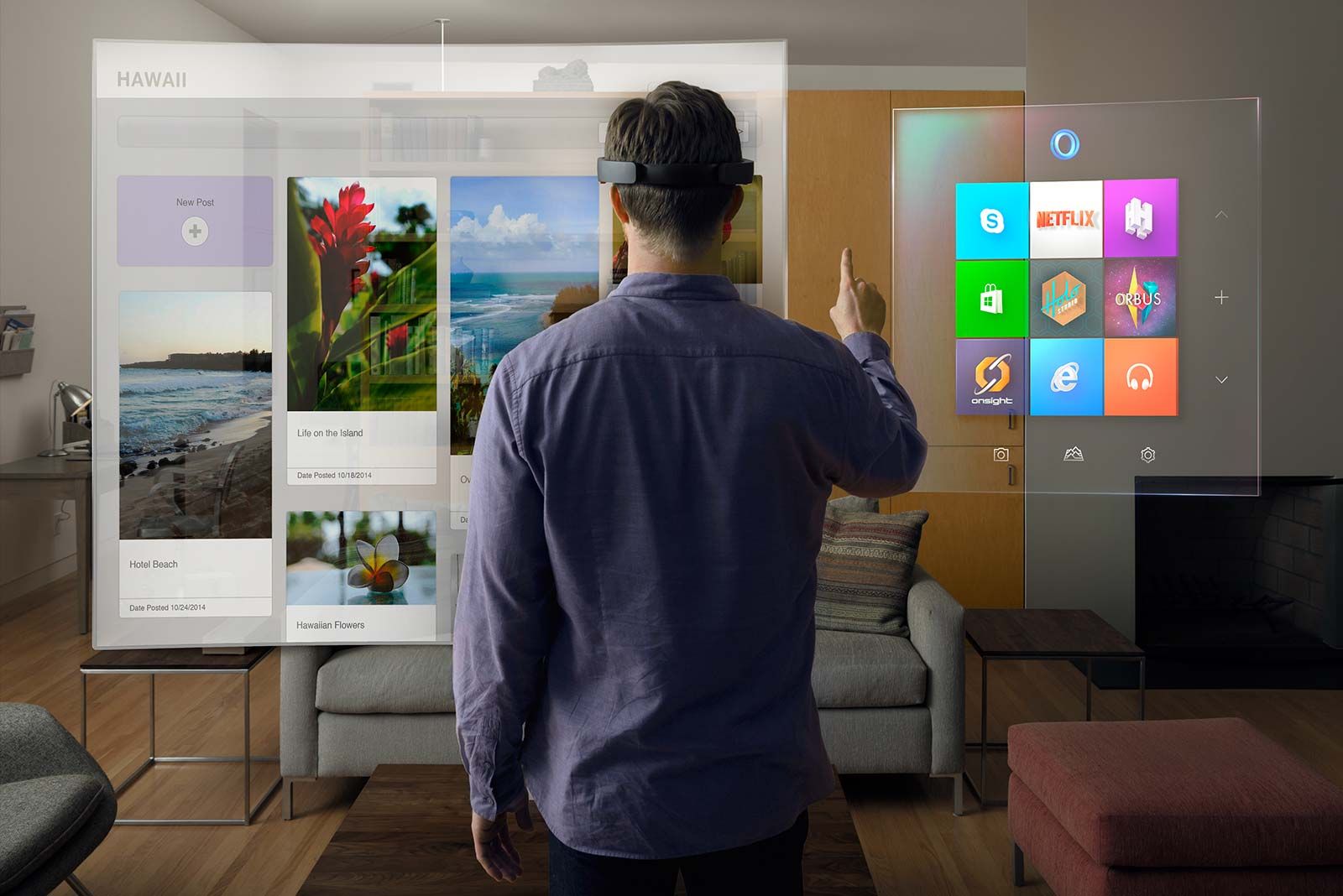GADGETS: VR versus AR, headsets that will take you to other worlds

Concerts, museums, surgical theatres: all have in common one thing, the use or potential use of virtual or augmented reality. More and more companies in all fields are studying how to use this technology, with celebrities jumping on board like Buzz Aldrin, who created a version of himself in space to show everyone how to reach Mars.
Bands are using virtual reality to get in touch with their fans, who can now take part in concerts anywhere as long as both ends are equipped with the correct technology.
Here starts the war between companies who are trying to offer the best possible version of headsets. Samsung was one of the first comers, with partnerships in the music world and with institutions like Acquario di Genova. The latest model of its Gear VR, powered by Oculus, was presented in February in Barcelona and comes with an external controller. It used to be integrated in the headset, while now users will be able to point and shoot with it.
Samsung Gear VRs are, however, not complete in themselves: they work with the Samsung Galaxy smartphones, and that’s why they come at a price around 99 dollars.
Google partnered with Daydream smartphones for its Daydream-View, that lets users watch concerts, sports, 360 degrees panoramic videos as well as the whole YouTube catalogue. The device can take users to other worlds, from the highest peaks to outer space. It costs around 79 dollars for the headset.
Then there’s augmented reality, that lets users interact in 3D with the real world, where holograms are added thanks to a screen.
Microsoft’s HoloLens is a «self-contained, holographic computer, enabling you to engage with your digital content and interact with holograms in the world around you», as promised on the company’s website. Apps help users get into what is called a mixed reality, where everything blends together. Gestures and voice can be used to work with holograms that will appear all around the user. It’s compatible with Microsoft softwares, but all this comes at a price: the tag is today at 3000 dollars.
Meta Vision’s Meta2 costs less than a third, 949 dollars, with a few limitations. It’s larger, and it can only work when tethered to a computer, although a new version that removes this problem is in the cards. This device again works with natural hand gestures.

